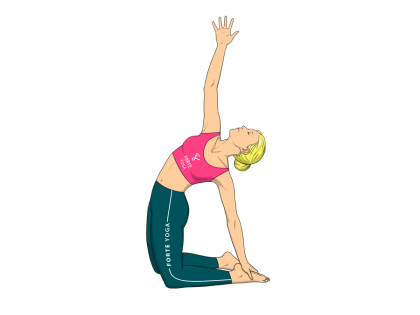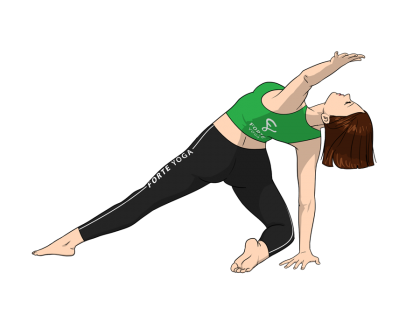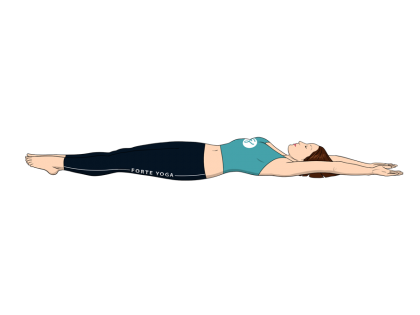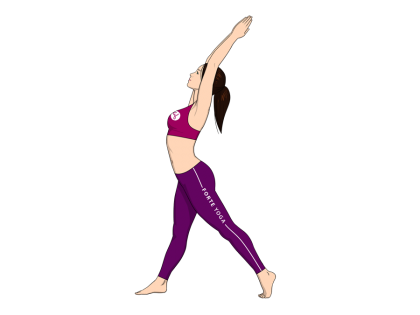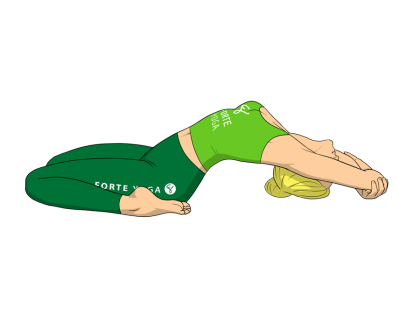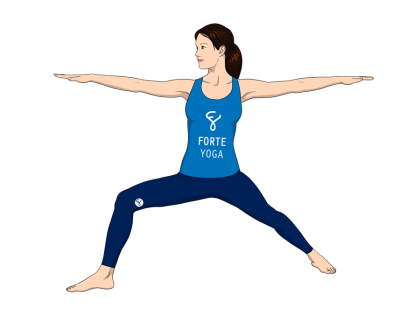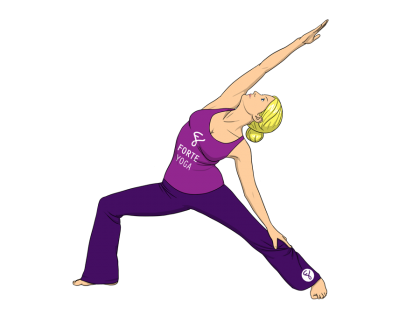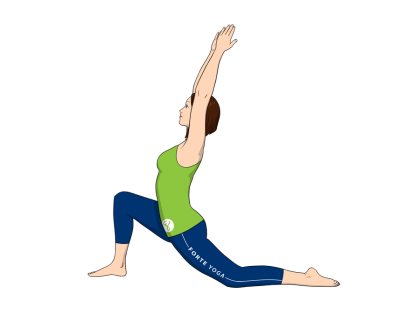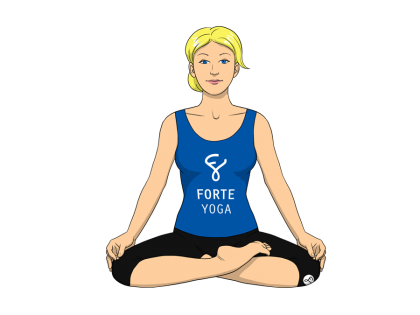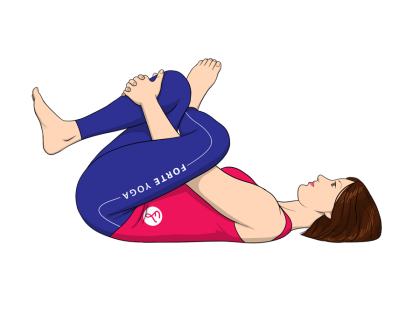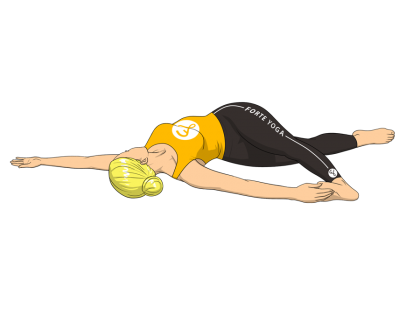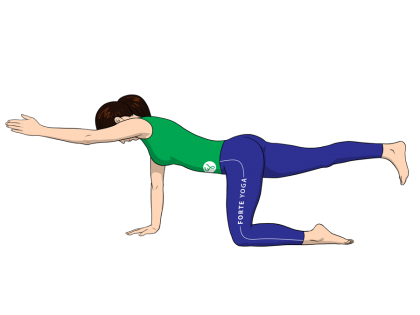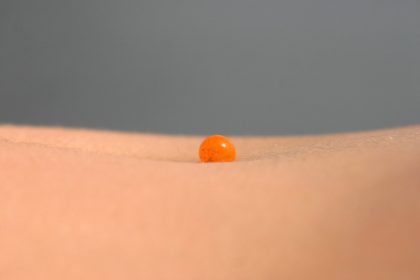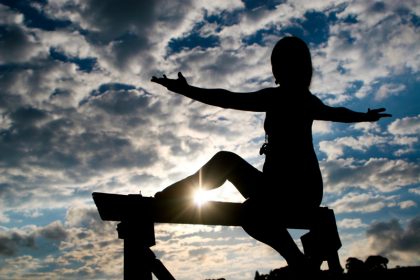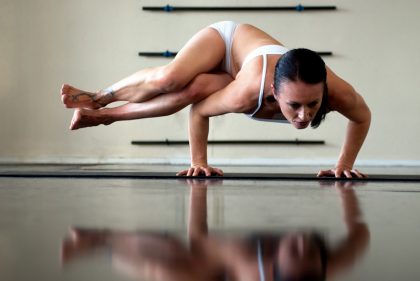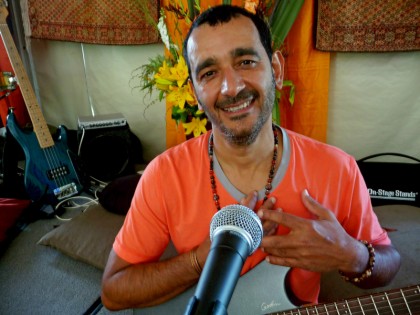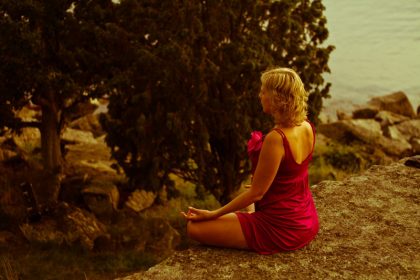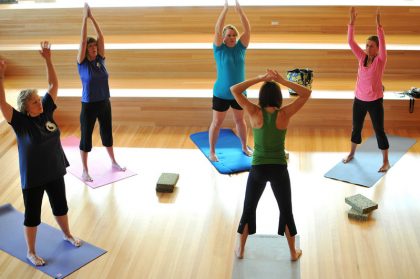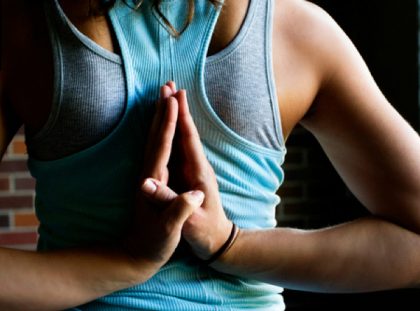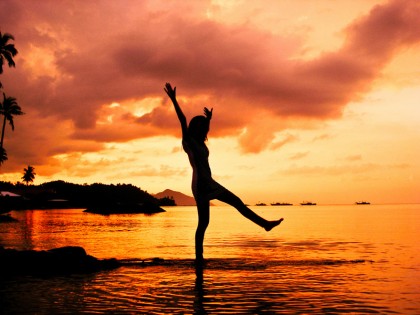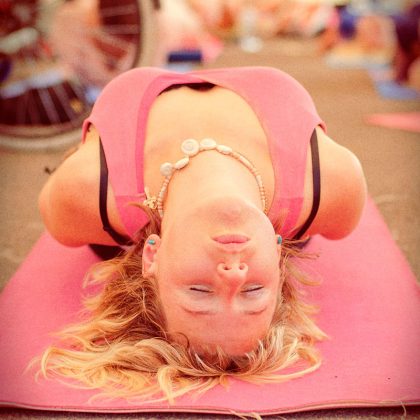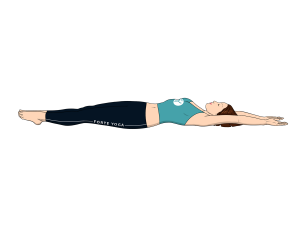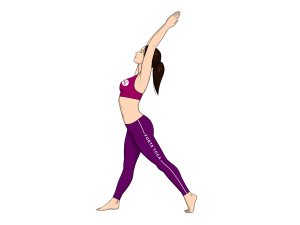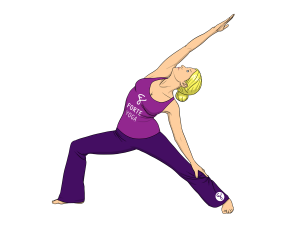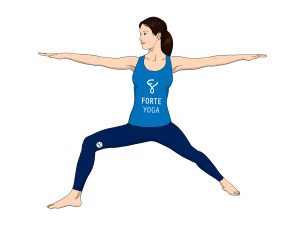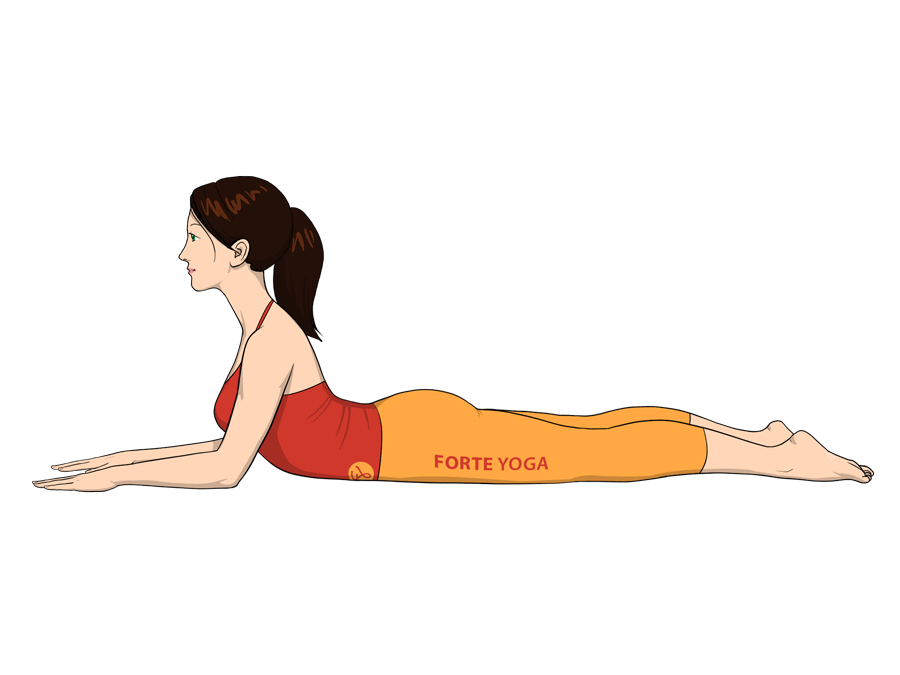
overview
Sphinx Yoga Pose is a backbend pose that targets the lower back and is ideal for yogis and yoginis at an intermediate level.
 anahata – the heart chakra
anahata – the heart chakrarelated poses
[yoga-sharrre]
How To Do Sphinx Yoga Pose
- Begin by lying face down on the mat, tops of the feet, thighs, belly and chest all pressed into the floor. Your feet your should be about hip-width apart, thighs rolled inward. Extend downward from the tailbone, through the legs and out of the heels.
- Inhale and lift your torso, placing your elbows directly under the shoulders, forearms parallel to one another and fingers pointing forward. Your palms should be down and your fingers spread.
- Internally lift your belly away from the floor without firming it, balancing the curve in your lower back. Press your toes into the mat, draw your shoulders in and firm them against the back, lifting your heart as you breath.
- Hold this position for several deep breaths, 30-60 seconds if you’re comfortable. To come out, lower your head and torso back to the floor, laying the side of your face on the mat. Rest in this position for a few breaths before repeating or moving on to the next pose.
Notes
- Breathe deeply through each step.
- Do not perform this asana if you have a back or spinal injury.
- Avoid this pose if you are suffering from headaches.
Tips
Place a blanket or towel under the arms for cushioning.
Stretches & Strengthens
All Muscles: Chest, shoulders, abs, lower back, glutes
Target Muscles: Abs, lower back
Health Benefits of Sphinx Yoga Pose
- This is one of many poses traditionally considered to destroy and prevent disease.
- Can relieve stress and anxiety.
- Stimulates digestive organs.

